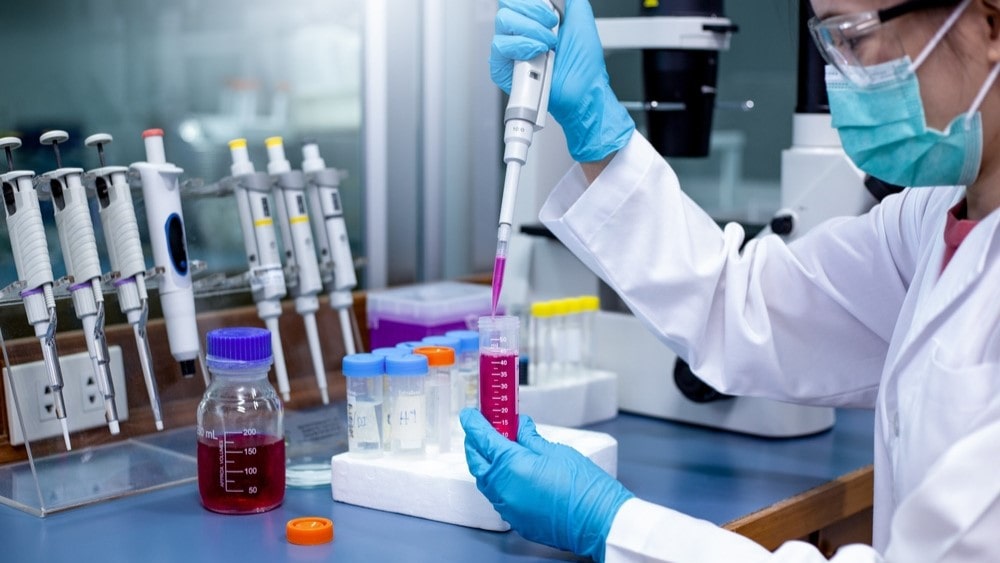Bioassay of oxytocin using rat uterine horn by interpolation method.
Aim: To record the concentration-response curve of oxytocin using rat uterine horn by interpolation method.
Principle: Oxytocin is a hormone secreted by the posterior pituitary gland. The rat uterine preparation is commonly used for the bioassay of oxytocin. The sensitivity of the uterus to oxytocin depends on the estrous cycle. The various stages of the estrous cycle can be identified by preparing vaginal smears and observing them under a microscope. The rat uterus is highly sensitive.
An adult female rat (2-3 months old )has an estrous cycle of five days. The estrous cycle is divided into different stages.
- Dioestrous – characterized by the presence of leukocytes in the vaginal smear.
- Proestrous /estrous – characterized by the presence of a large number of nucleated epithelial cells.
- Frank estrous –Presence of cornified epithelial cells.
- Meta estrous or late estrous the presence of a mixture of nucleated, cornified epithelial cells and leucocytes.
If the rat is not in the frank estrous stage, it can be induced by the administration of estrogen preparation, stilbestrol (0.1 mg/kg, sc:24 hrs before)
Frank oestrus uterus is highly sensitive to oxytocin and hence preferred for bioassay than the dioestrous uterus which is relatively less sensitive.
Requirements:
Animal: Female rat (120-150 g)
Drugs: Oxytocin, Stilbestrol
Physiological solution: De Jalon
Student organ bath
Procedure:
A. preparation of animal:
- Examine the vaginal smear under the microscope to know about the proper stage of the oestrus cycle. If the rat is not in frank oestrus, inject 0.1 mg/kg of stilbestrol and wait for 24 hr. (Vaginal smear is prepared by taking a drop of vaginal wash and putting it on the glass slide).
- If the epithelial cells are present in the smear, it is said to be in the frank estrous phase.
B. Isolation of tissue:
- The animal is sacrificed by cervical dislocation.
- Cut open the pelvic region and expose both the horns of the uterus. Separate them gently from the surrounding fatty material and transfer them into a dish containing De Jalon’s solution. when the rat is in oestrus generally the uterus is fleshy and pink in color.
- Then the uterus is cut longitudinally and a tissue portion of 2-3 cm long is taken and both ends are tied with the thread.
C. Mounting the tissue:
- About 2-3 cm long tissue is mounted in an organ bath containing De Jalon solution at 320C along with proper aeration.
- A tension of about 500 mg (0.5g) is applied and tissue is allowed to equilibrate for 45 min.
D. Recording of the response:
- Record the DRC for the standard oxytocin solution taken.
- Record responses due to 0.1,0.2, or 0.4 ml of the test substance. See that these responses would fall on the linear portion of the concentration –Response curve for the stand solution
- Label and fix the tracing.
- Plot the concentration-response curve due to standard acetylcholine solution. Measure the heights of the contractions (response) due to different doses(A and B) of test solution .read the corresponding concentration from the standard curve.
Inference:
Report:
Make sure you also check our other amazing Article on: Effect of atropine on DRC of acetylcholine using rat ileum
